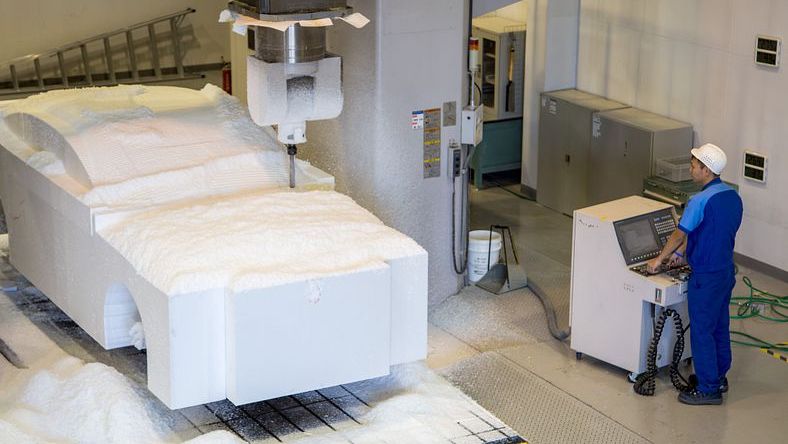Rapid prototyping is most often associated with additive manufacturing (3D printing) techniques. While other prototyping technologies exist, most are too cost-prohibitive to fall under the rapid prototyping banner. For example, injection moulding's extensive tooling and setup requirements make it impractical and expensive for rapid prototyping.
CNC machining (subtractive manufacturing) can sometimes make sense for rapid prototyping parts that are not a good fit for additive manufacturing. However, CNC machines generally take more to set up, operate and tool than 3D printers and are used less commonly for rapid prototyping.
As a result, many varieties of additive manufacturing are synonymous with rapid prototyping. The three most common additive technologies are fused filament fabrication (FFF) (US Site), also known as the trademarked term fused deposition modelling (FDM); stereolithography (US Site) (SLA); and selective laser sintering (SLS).
FFF/FDM is the most popular form of 3D printing because it is the easiest to operate and the least expensive. It’s also reasonably fast, which makes it suitable for rapid prototyping. However, this technology’s method of depositing melted thermoplastics layer by layer also yields some surface blemishes. It also has the lowest resolution and accuracy of 3D printing technologies, which makes it best for simple parts and early-stage prototypes.
Both SLA and SLS 3D printing are more expensive than FFF but produce stronger, more functional and more accurate parts than FFF. SLA uses lasers to cure a versatile selection of resins into hard plastic parts with high resolution and tight tolerances. It’s a high-speed way to produce looks-like and works-like prototypes. SLS is a popular rapid prototyping approach for making works-like and engineering prototypes for functional and in-field testing. It uses high-powered lasers to sinter together particles of many kinds of powders, including metals. SLS can produce exceptionally strong parts, even with complex geometries and unusual features.
Other 3D printing methods for rapid prototyping include selective laser melting (SLM), laminated object manufacturing (LOM), digital light processing (DLP) and binder jetting. SLM, or powder-bed fusion, is another metal additive method (US Site) that builds prototype or production parts layer by layer from titanium, aluminium, stainless steel and other metal powders. DLP technology is similar to SLA but is faster and cheaper, though it may also require support structures during printing and curing afterwards. The LOM additive technology adheres layers of machine-cut paper, plastic or other materials together to fabricate parts. Finally, binder jetting is a fast 3D-printing method that can use many different material powders. It binds layers of powder by spraying them with minute liquid droplets, compressing the layers and finishing the objects with oven curing or sintering.















